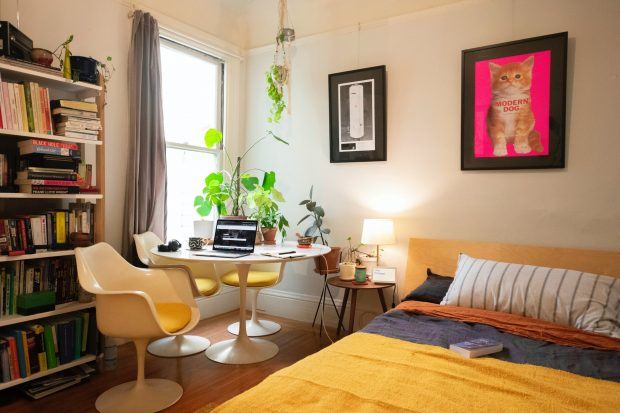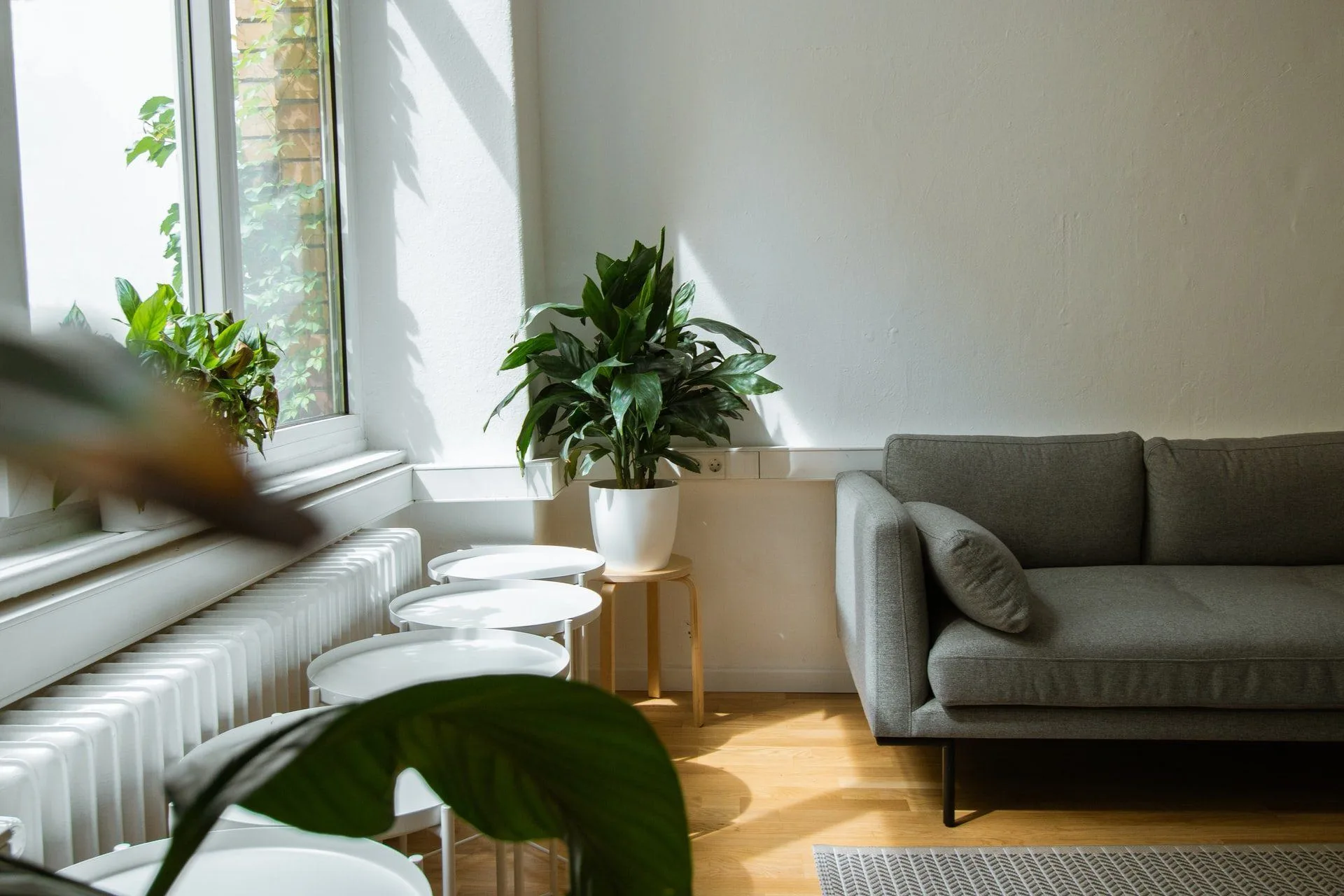Longevity Live Partner Content.
Indoor Air Quality Solutions
Install a High-Quality HVAC Unit
A high-quality HVAC unit will help remove pollutants from the air and ensure that fresh, clean air is circulated throughout your home or office. It’s essential to do your research to find an HVAC unit for your specific needs.
For instance, if you’re buying one for your home, a small unit will do the job perfectly. However, if you’re in the market for an office air conditioner, you’ll need a much larger unit to accommodate the increased space.
Replace Your Air Filters Regularly
Buying an HVAC unit comes with the responsibility of regular maintenance, which includes replacing your air filters every few months. High-quality air filters like a MERV 13 filter ensure that your unit is running efficiently and that the air in your home or office is clean. It’s also much cheaper to replace an air filter than it is to repair or replace an HVAC unit.
Invest in a Smoke and CO Detector
Smoke and carbon monoxide detectors are necessary for any home or office, and they’re not just for peace of mind. These detectors can save your life in a fire or carbon monoxide leak, and they’re relatively inexpensive to purchase and install. Be sure to test them regularly and replace the batteries as required for optimal performance.
Add Non-Toxic Indoor Plants
Indoor plants improve the aesthetics of your space, but they can also help purify the air. Some of the best air-purifying plants include bamboo palm, rubber, spider, and peace lilies.

Photo by Patrick Perkins on Unsplash
These plants are easy to care for and don’t require a lot of sunlight, making them ideal for homes and offices. However, plants have a limited impact on the indoor air purification process, and you’d need a lot of houseplants to achieve a significant impact. It’s, therefore, more practical to use them as a supplement to other air purification methods.
Air-Purifying Candles
Scented candles are great for setting the mood and creating a pleasant ambiance. However, they contain harmful ingredients that can contribute to air pollution in your bedroom or living room when burnt. Instead of burning these harmful candles, there are certain types of candles you can use to purify the air. Look for beeswax or soy wax, as these are less likely to release harmful chemicals into the air. Candles made with essential oils can also be beneficial.
Dust Your Home and Office More Often
One of the most common indoor air pollutants is dust. To reduce the amount of dust in your home or office, make sure to dust regularly with a damp or microfiber cloth. You should also vacuum regularly to remove any dust that has settled on surfaces.
Use an Air Purifier
An air purifier is one of the most effective ways to clean the air in your home. Look for a purifier that uses HEPA filtration, as this will remove 99.97% of airborne particles from the air. Be sure to choose a unit that’s the right size for your space, as a unit that’s too small won’t be effective, and one that’s too large will use more energy than necessary.
Keep Your Wood Burning Stove Away from the House
If you have a wood-burning stove, keep it at least three feet away from your home’s exterior walls. This will help prevent any harmful chemicals or gasses from seeping into your home and affecting your indoor air quality. These wood burners (especially the traditional models) emit harmful smoke that can damage lung tissues and impair the breathing system.
Get Your Furnace Inspected Regularly
If not properly maintained, furnaces can be a source of poor indoor air quality. Be sure to have it inspected and serviced by a professional at least once a year to keep it running efficiently and safely. This will help prevent any harmful emissions from entering your home through ductwork.
Buy Eco-Friendly Paint
When painting your walls, cabinets, or anything in your interior space, always go for eco-friendly or natural paint. These types of paint do not release Volatile Organic Chemicals (VOCs) into the air and are much safer for you and your family. Look for paints with less than 250 grams per liter of VOCs or greener paints and coatings recommended by the EPA.
Minimize Pet Dander
Be sure to brush your pets regularly and vacuum any pet fur sheds around the house. You may also want to keep them out of certain rooms in your home, like the bedroom, to help improve air quality.
There are numerous other things you can do to improve the air quality in your home. By following these 11 tips, you can help create a healthier environment for yourself and the people around you at home and in your work area.



![women [longevity live]](https://longevitylive.com/wp-content/uploads/2020/01/photo-of-women-walking-down-the-street-1116984-100x100.jpg)










